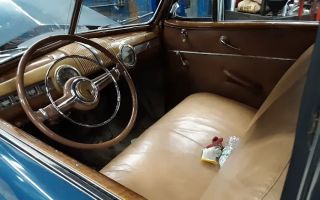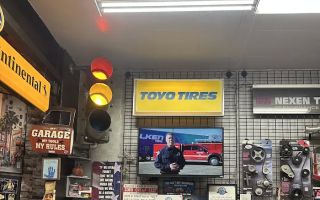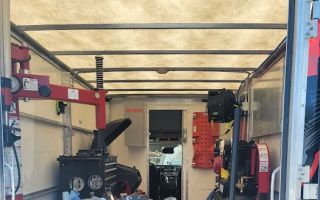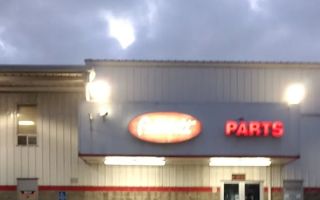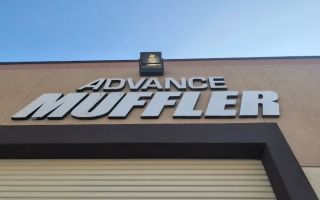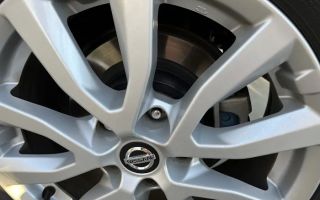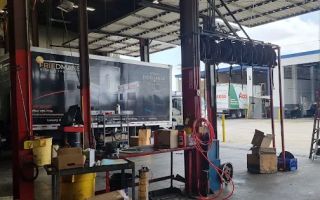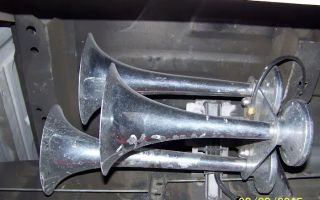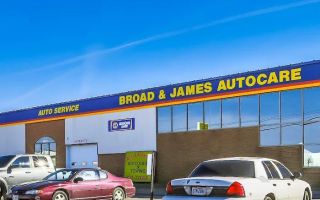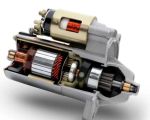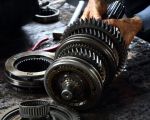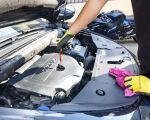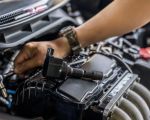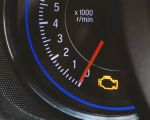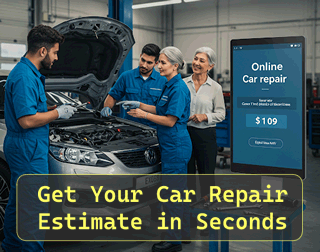- 1-Common-Causes-of-Vibration-at-High-Speed
- 2-Wheel-and-Tire-Related-Issues
- 3-Suspension-and-Steering-Component-Problems
- 4-Engine-and-Drivetrain-Contributors
- 5-Diagnosing-Vibration-Issues-Effectively
- 6-Preventive-Maintenance-and-Professional-Help
Common Causes of Vibration at High Speed While Driving
Experiencing vibration at high speed while driving is a common yet concerning issue for many drivers. This vibration can manifest through the steering wheel, seat, or even the entire vehicle. Understanding the underlying causes is crucial to ensure safety and comfort on the road.
Typically, vibrations arise from imbalances or defects in the wheels and tires, worn suspension or steering parts, or issues within the engine and drivetrain. Each source affects the vehicle differently and requires specific attention to diagnose and repair.
Suspension and Steering Component Problems
Worn or damaged suspension and steering components can also generate vibrations, particularly as speed increases. Parts such as tie rods, ball joints, and wheel bearings play a vital role in maintaining vehicle stability. When these components degrade, they can cause uneven movement and shaking.
Failing suspension parts not only cause discomfort but also compromise handling and safety. Regular inspections and timely replacement of worn parts are essential to prevent high-speed vibrations and potential accidents.
Engine and Drivetrain Contributors
While wheels and suspension are the most frequent sources, engine and drivetrain issues can also cause vibrations. Problems such as worn motor mounts, misfiring cylinders, or damaged driveshafts transmit vibrations through the chassis, especially noticeable at higher speeds or acceleration.
One case involved a vehicle vibrating intensely only during acceleration on the highway, which was diagnosed as a failing CV joint. Repairing the drivetrain components eliminated the vibration and improved performance.
Diagnosing Vibration Issues Effectively
Proper diagnosis of vibration at high speed while driving involves a systematic approach. Start by checking tire condition, balance, and alignment. Next, inspect suspension and steering components for wear or damage. Finally, evaluate engine and drivetrain parts, especially if vibrations correlate with acceleration or load changes.
Using diagnostic tools and expert inspection helps pinpoint the exact cause, avoiding unnecessary repairs. Recording when and where the vibration occurs can provide mechanics with valuable clues.
Preventive Maintenance and Professional Help
Regular vehicle maintenance is the best way to prevent vibration problems. Rotating and balancing tires, checking alignment, and routine suspension inspections are key practices. If vibration arises, timely consultation with professionals ensures safety and proper repairs.
For trusted diagnosis and repair services, Rescue & Towing offers expert assistance and high-quality parts to address vibration issues effectively. Their experienced technicians help restore your vehicle’s smooth ride and safety on the road.


